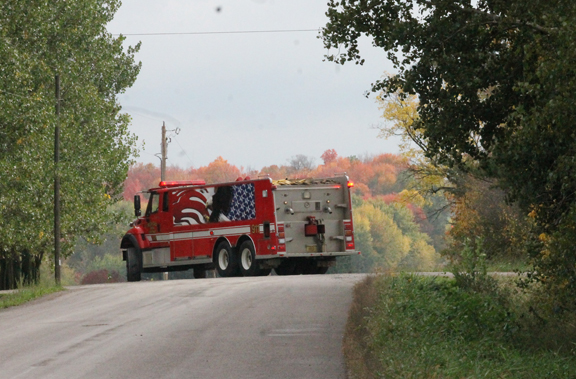– Gardening Corner –
– Gardening Corner –
One of the low points of the year, at least for the avid gardener, is the end of the growing season. Your favorite spade, hoe and pruners have served you well through the heat, weeds, insects and sweat. Oh yeah…don’t forget about the lawn mower, too.
The time is drawing near to give your garden tools the care and rest they deserve, before they are replaced by the snow shovel. I never liked that trade.
Cleaning your garden tools regularly after use, is ideal and at least, they should be cleaned before putting them away for winter. Clean tools work better, are easier to use and they last longer.
When finished using tools such as shovels, hoes and garden forks, that are used in soil, wash them with a forceful stream of water. For stubborn soils, such as clay, use a wire-bristle brush or dull implement if needed. Soap can be used if needed, just remember to rinse all suds off, as there can be some acid soaps which can lead to additional rust if not removed.
Dry tools with a rag or air dry, if drying can be done quickly. For blades of saws and pruners that end up with sticky plant sap, such as from evergreens (pines, spruces and the like), use paint thinner to remove the sap before wiping with a rag.
Once the tools are clean, you’re not done yet. Worn metal can rust, even more so if higher grade steel. To prevent rust over winter, use a light coat of oil. A lithium spray is great, as it lasts through the winter, and does an excellent job of protection. A thin coat of used motor oil will work, too, as it can be wiped on with a cloth to provide winter-long protection.
Avoid using alcohol-based sprays, as they will often evaporate and rust can form after the product is gone from the tool. If tools are severely rusted prior to storage, you may need to use rough sandpaper or even a wire bristle brush to remove the rust, and then make sure to wipe and coat with oil.
Consider sharpening your tools before putting them away, as they will be ready for use in the spring. A hand file can be obtained from hardware or home stores, and the sharpening can be done yourself. If you are not comfortable sharpening your own tools and blades, most hardware stores or garden centers provide this service.
By doing the sharpening now, at the end of the growing season, you can avoid the rush of customers needing their tools sharpened in the spring.
Many tools now have plastic handles, but if you have one with wood, treat it, as well, for longest life. Rub wooden handles with a rag, slightly moistened with linseed oil or other wood protection oil product. Once tools are cleaned and sharpened, store them properly in a closet, garage or shed out of the weather.
Keeping them off the floor helps prevent any moisture and rust, and dulling. I like to hang mine by the handles. When buying new tools, consider stainless steel ones, if available, that are easier to keep clean.
Now, the power equipment. If your lawn mower has a battery, remove it and store it in a cool, dry place away from gas cans, the water heater or furnace. Wipe it off with a cloth and the battery terminal, using a metal brush or use battery cleaner. You will have the battery ready to go in spring and all that needs to be done is install it!!
Brush and clean off leaves, grass and debris from your equipment, and apply lubricant to any external moving parts. Don’t forget about the engine. Add a fuel stabilizer to the engine when ready for storage.
Gasoline begins to degrade in as little as 30 days, which can lead to your engine’s fuel system clogging and your equipment not starting the following growing season. Using a fuel stabilizer eliminates the need to drain fuel prior to storage and ensures quick easy starts next season, by preventing gum and varnish build-up within your engine’s fuel system.
Storing your mower with a full tank of fuel prevents moisture from condensing in the tank, which can form rust that could break away and clog the fuel lines. After adding fuel stabilizer to the fuel tank, run your mower for a few minutes so the stabilized fuel circulates through the engine’s fuel system.
A little time this fall, to care and protect your garden tools, and equipment, will have you ready to work the yard and garden next spring.



